Abstract
Rationale & objective
The renin-angiotensin-aldosterone system (RAAS) is associated with renal and cardiovascular disease in diabetes. Unfortunately, early RAAS blockade in patients with type 1 diabetes mellitus (T1DM) does not prevent the development of complications. We sought to examine the role of hyperfiltration and RAAS activation across a wide range of T1DM duration to better understand renal hemodynamic status in patients with T1DM.
Study design
Post hoc analysis of blood samples.
Setting & participants
148 Canadian patients with T1DM: 28 adolescents (aged 16.2±2.0 years), 54 young adults (25.4±5.6 years), and 66 older adults (65.7±7.5 years) studied in a clinical investigation unit.
Exposure
Angiotensin II infusion (1ng/kg/min; a measure of RAAS activation) during a euglycemic clamp.
Outcomes
Glomerular filtration rate measured using inulin clearance, effective renal plasma flow measured using para-aminohippurate, afferent (RA) and efferent (RE) arteriolar resistances, and glomerular hydrostatic pressure estimated using the Gomez equations.
Results
In a stepwise fashion, glomerular filtration rate, effective renal plasma flow, and glomerular hydrostatic pressure were higher, while renal vascular resistance and RA were lower in adolescents versus young adults versus older adults. RE was similar in adolescents versus young adults but was higher in older adults. Angiotensin II resulted in blunted renal hemodynamic responses in older adults (renal vascular resistance increase of 3.3% ± 1.6% vs 4.9% ± 1.9% in adolescents; P<0.001), suggesting a state of enhanced RAAS activation.
Limitations
Homogeneous study participants limit the generalizability of findings to other populations. Studying older adult participants with T1DM may be associated with a survivorship bias.
Conclusions
A state of relatively low RAAS activity and predominant afferent dilation rather than efferent constriction characterize early adolescents and young adults with T1DM. This state of endogenous RAAS inactivity in early T1DM may explain why pharmacologic blockade of this neurohormonal system is often ineffective in reducing kidney disease progression in this setting. Older adults with long-standing T1DM who have predominant afferent constriction and RAAS activation may experience renoprotection from therapies that target the afferent arteriole. Further work is required to understand the potential role of non-RAAS pharmacologic agents that target RA in patients with early and long-standing T1DM.
Lytvyn Y, Bjornstad P, Lovshin JA, Boulet G, Farooqi MA, Lai V, Tse J, Cham L, Lovblom LE, Weisman A, Keenan HA, Brent MH, Paul N, Bril V, Advani A, Sochett E, Perkins BA, Cherney DZI
American Journal of Kidney Diseases
Published 2019
Research Project: AdDIT
Connect with us!
Subscribe to learn more about what we do, why it matters, and how you can get involved!




